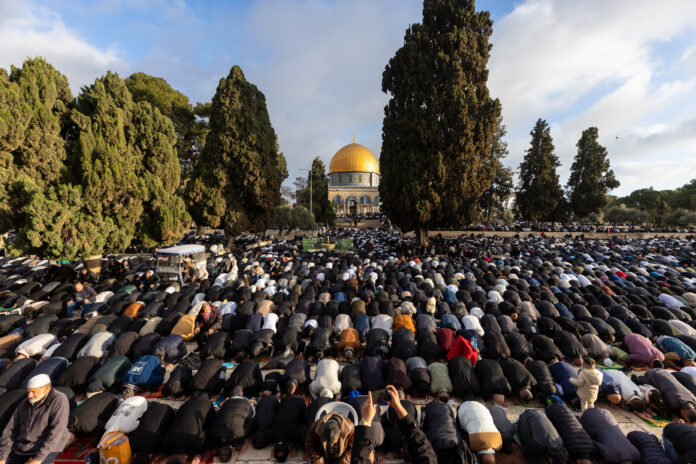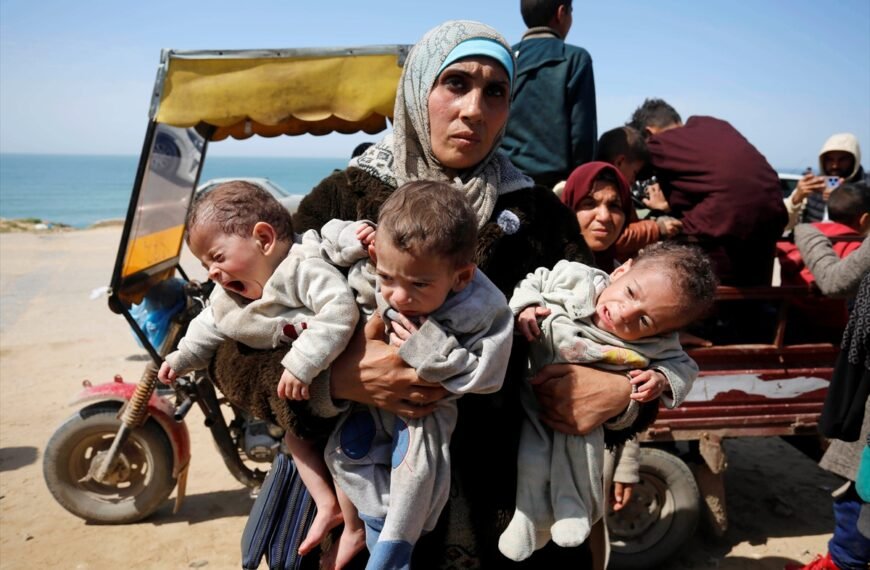Islam Becomes the Fastest-Growing Major Religion Worldwide
A recent study reveals that Muslims now account for nearly one in every four people across the globe, confirming Islam’s status as the most rapidly expanding major religion.
Rapid Population Expansion
Between 2010 and 2020, the global Muslim population surged by 347 million individuals. This growth pushed the proportion of Muslims to 25.6% of the world’s population, an increase of approximately 1.8 percentage points. Analysts attribute this impressive rise to factors such as high birth rates, strong family structures, youthful communities, and a deep-rooted sense of religious identity.
Regional Dynamics and Shifting Demographics
The study highlights that the rapid expansion of Islam is closely linked to overall population increases in regions where Muslims are the majority. In certain countries, such as those in parts of Central Asia and Africa, the share of Muslims grew significantly, while other nations experienced notable declines. In some regions, population shifts have resulted in Muslim proportions rising prominently, whereas in places like Tanzania and Oman, these proportions have dropped.
Comparative Trends Across Religions
While Islam marked unprecedented growth, Christianity also experienced an increase in absolute numbers, with the Christian population rising by 122 million to reach 2.3 billion people. However, the proportion of Christians declined by 1.8 percentage points to 28.8% of the world’s total population. This trend is largely linked to lower birth rates and the influence of secularisation in traditional Christian regions.
The research also noted that a sizable portion of the global population now identifies as having no religious affiliation. This “nones” group—more common in Western nations—may see its share fall in the future, as its members tend to be older and have fewer children. Meanwhile, the Buddhist community experienced a modest decline in numbers due to low fertility and a trend of disaffiliation, whereas Hindu and Jewish communities have remained relatively stable. Although the Jewish population is projected to grow slightly by 2050, it will continue to represent only a minor fraction of the global demographic.


Embracing Faith, One Insight at a Time!
The teachings of the Quran have always guided my path. With a deep passion for Islamic knowledge, I strive to blend the wisdom of tradition with the relevance of today, making the timeless messages of Islam accessible and meaningful for everyone.
Muslim Culture Hub is my platform to share historical insights and thought-provoking articles, exploring both well-known and lesser-discussed aspects of Islamic culture and beliefs. My mission is to create an inclusive online space where everyone can learn, strengthen their faith, and connect with the profound message of Islam.
Join the journey!
May peace be upon you.








